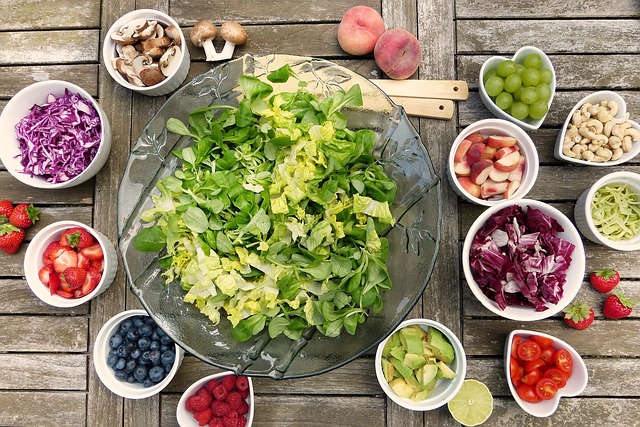Farmers are a diverse bunch of individuals. There is such a wide array of farmed things that it surprises a lot of people when they dig into what they eat and find that it’s from all over the world. The food supply chain relies heavily on the work of our farmers and all who contribute to farms.
As the world continues to grow, its population and tastes change, and as the climate continues to change, farms are in strong demand. Many types of farms contribute to the food supply domestically and internationally.
Here are fourteen different types of farms and their unique characteristics:
Type #1: Flower Farms
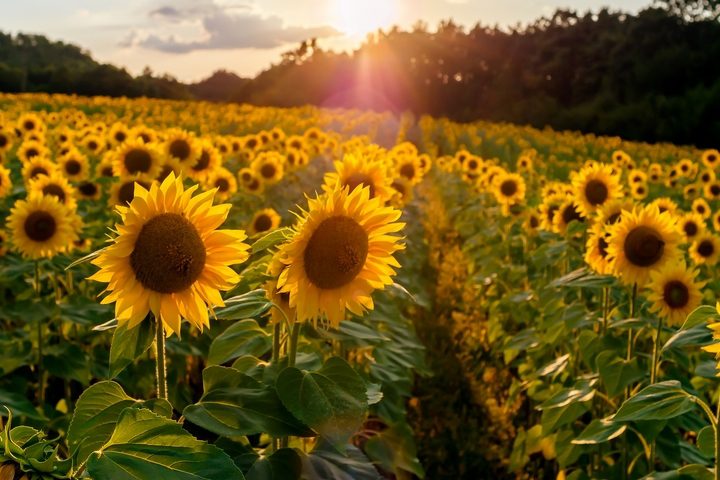
A flower farm is made to grow cut flowers to sell. They work with florists, flower arrangers, event planners, and wedding businesses to sell flowers they grow. They are often equipped with nurseries and greenhouses designed to extend the growing season for plants.
Type #2: Grain Farms
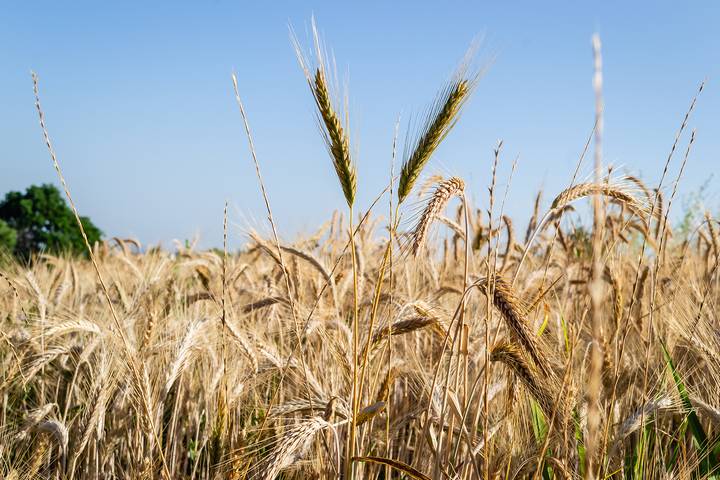
A grain farm is used to grow things like barley, corn, oats, soybeans, and wheat. Grain farms are a cornerstone of the food supply, providing nutritious, fast-growing yields. They are arguably one of the most important farm types in the world and highly profitable.
Grain farms are especially important in today’s markets as the demand for grain continues to increase yearly. These types of farms come equipped with the latest technologies to preserve the quality of the harvests. Farmers use grain bin moisture monitoring systems to ensure the grains are grown properly and healthily.
Type #3: Rice Farms
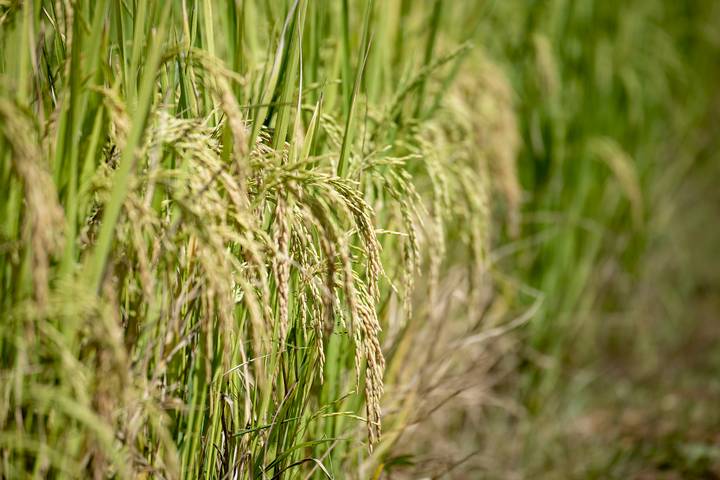
A rice farm gets its category because it grows much differently from other grains. Rice requires lots of water, is best grown on level land, and requires a subsoil that minimizes draining. This farm type is very popular internationally, with hundreds of thousands of rice farms, small and large.
Type #4: Vegetable Farms
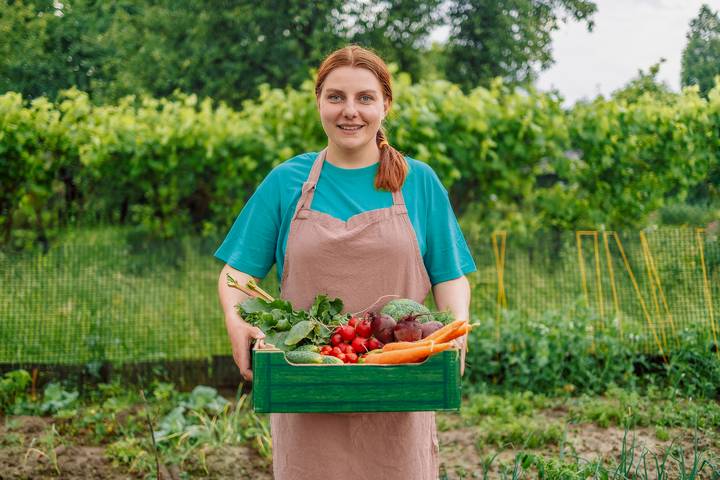
A vegetable farm is used to grow specific vegetable crops, such as lettuce, peas, radishes, carrots, cucumbers, tomatoes, zucchini, kale, beets, squash, mushrooms, and more. They’re extremely popular, highly valuable to keeping local communities fed, and play a key role in developing local farming markets, and supplying fresh, nutritious produce.
Type #5: Organic Farms
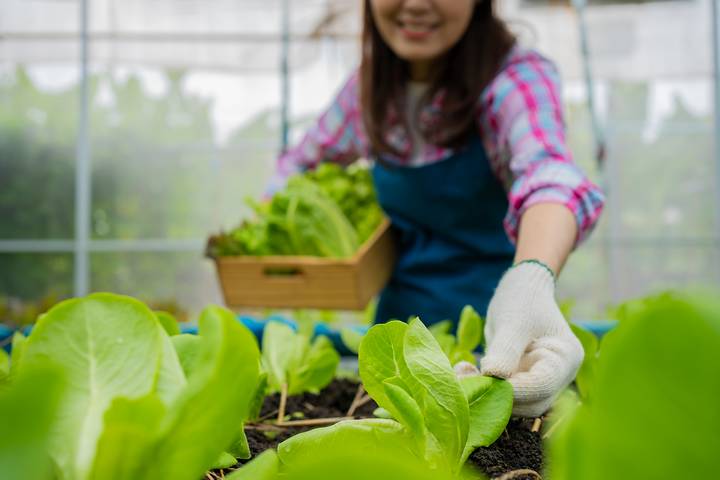
An organic farm prohibits the use of fertilizers and pesticides. They prioritize safe products and a reduction in the after-effects of non-organic farming, such as soil erosion, nitrate leaching, and animal waste. The disadvantage to organic farming, however, is that it takes up more land and provides less yield.
Type #6: Poultry Farms
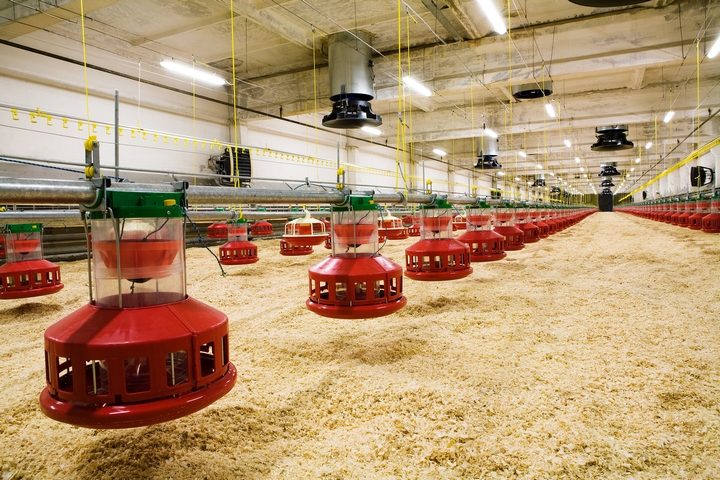
They are one of the most widely adopted farms in the world. Poultry farms. They’re used to sell meat, eggs, feathers, and more. They’re profitable, require less capital than others, and take up less space. A poultry farm is usually made up of animals like chicken, duck, turkey, geese, and others.
Type #7: Dairy Farms
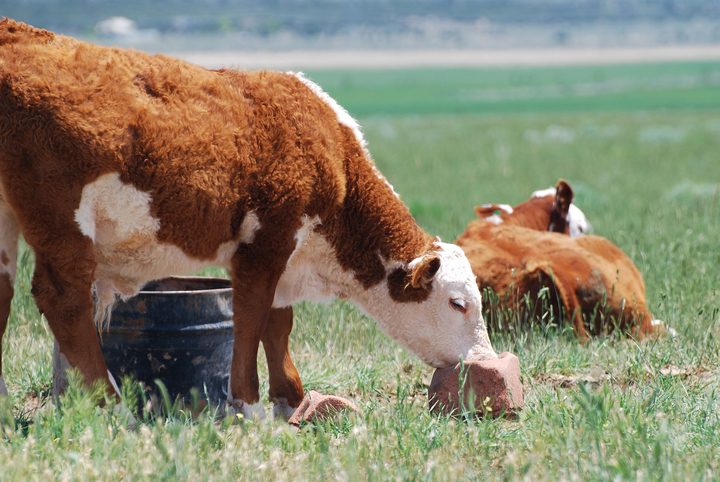
A dairy farm is where milk and other dairy products come from. They’re one of the oldest farm types, are very profitable for farmers with multiple ways to earn income, and can sell breeding services, milk, meat, manure, and processed dairy products.
Type #8: Apiary Farms
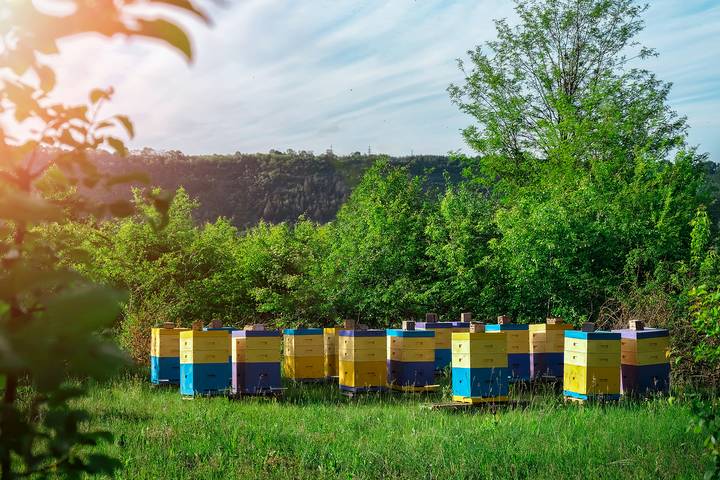
An apiary is a lesser-known term used to identify a bee farm. It’s where beehives of honey bees are kept, overseen, and studied. An apiary can be a small hobbyist farm or be very large and commercially run.
Type #9: Dry Farms
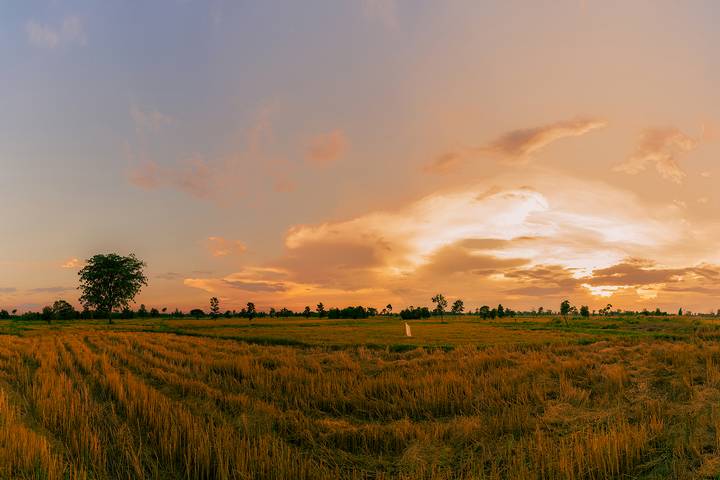
A dry farm is used to cultivate crops that require limited moisture and relies on soil that can efficiently store moisture over long periods. There are lots of dryland crops that you can choose from, such as wheat, corn, millet, rye, and other grasses that you’d normally find on a grain farm.
Type #10: Hay Farms
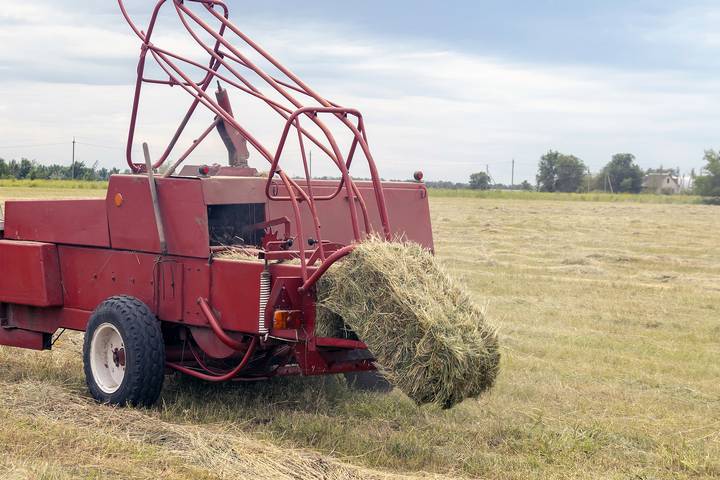
A hay farm is where grasses, legumes, and herbaceous plants are grown. The hay they produce is sold for various purposes. Hay farms prove to be just as profitable as other types of farms. However, do come with a risk of the hay bales being perishable. They require storage in wait of sale.
Type #11: Orchard Farms
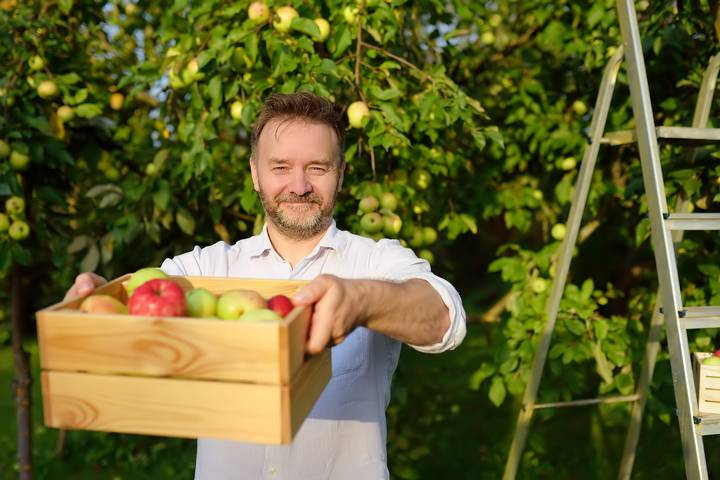
An orchard is where trees and grows are grown to provide fruit or nuts. Orchards are used for apples, pears, oranges, bananas, and cherries, as well as tree nuts, i.e. pecans, walnuts, and almonds. Many orchards typically focus on a single variety of fruit, with apple and orange orchards being the most common.
Type #12: Aquaculture Farms

Aquaculture is a farm where fish, aquatic plants, and water organisms are bred. These types of farms are used for breeding and harvesting fish, shellfish, aquatic plants, algae, and more to replenish wild stocks. They can also help rebuild populations of certain species.
Type #13: Hobby Farms
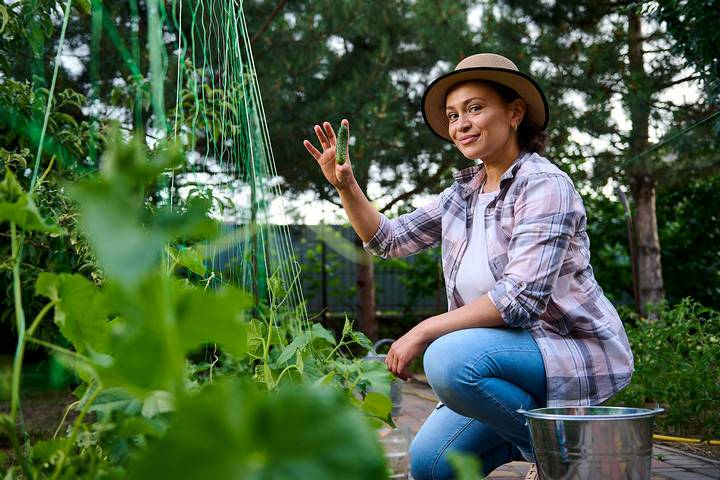
A hobby farm is a type of farm run for fun. They’re often a site for entertainment, visits, animal petting, and different events, such as weddings. Hobby farms are often run by people with other jobs and are less driven by profit.
Type #14: Subsistence Farms
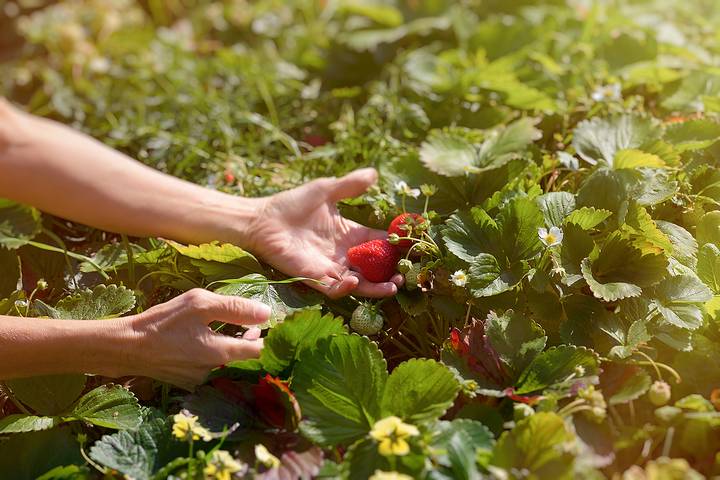
A subsistence farm is a farm used to grow food crops to feed the family living on the land, and that’s it. They’re not a for-profit farm. They target a mix of crops with a little surplus and are more popular in developing countries than in North America. That said, a rise in off-grid living has made subsistence farms a little more prominent in these communities.





